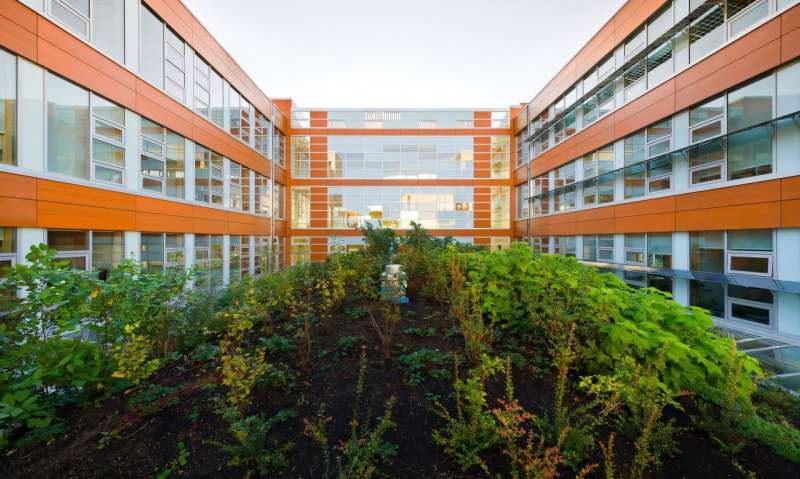A novel technique for body preservation is now being applied to enhance one of Canada’s most valued resources, the Western red cedar. Researchers at the University of British Columbia Okanagan have adapted plastination, a method originally designed for embalming, to bolster the strength and durability of wood, specifically targeting decay resistance and water damage.
This innovative study, published on November 5, 2025, in the journal Materials, builds on previous research where the team successfully used plastination on bamboo to create a robust composite material. The current application of the technique on Western red cedar aims to address its vulnerability to moisture, which can significantly degrade its structural integrity.
Olivia Margoto, a doctoral student and researcher with UBC’s Materials and Manufacturing Research Institute, explains the importance of this development. “Western red cedar is prized for its abundance and renewability, though its tendency to absorb moisture is a major drawback,” she stated. By employing plastination, the team preserves the wood’s natural structure while significantly enhancing its resistance to water.
Plastination involves replacing water within the wood’s cellular framework with a silicone-based compound, creating a hydrophobic barrier that mitigates swelling, rotting, and cracking. Unlike traditional wood protection methods that often rely on surface coatings or chemical treatments, plastination first dehydrates the wood using acetone before infusing it with a compatible polymer. This process maintains the anatomical architecture previously occupied by moisture, as detailed by Dr. Abbas Milani, a professor in the School of Engineering.
Dr. Milani emphasizes the advantages of this technique: “Plastination offers a powerful alternative to traditional wood preservatives, which often rely on toxic chemicals or short-lived coatings. This technique could extend the lifespan of natural wood products significantly, without sacrificing environmental performance.”
The research team utilized advanced imaging and spectroscopy tools to demonstrate that the silicone compound penetrated deeply into the cedar’s microscopic channels. This resulted in a nearly 60% reduction in water absorption and over 45% increased surface hydrophobicity. Notably, the Western red cedar outperformed the earlier bamboo study, likely due to the differing microstructure of these materials.
The project also included contributions from Grant Bogyo, CEO of Netzero Enterprises, along with UBCO students Madisyn Szypula and Victor Yang. Their collective work shows promise for enhancing moisture resistance in Western red cedar, which is particularly relevant for construction applications across North America.
Future research will explore scaling up the plastination method, recovering and reusing solvents, and potentially substituting bio-based polymers for silicone to further minimize environmental impact. Margoto concludes, “Nature has already given us incredible materials. Our job is to make them last longer in a safe, sustainable, and economical way.”
For more information, see: Olivia H. Margoto et al, “Towards a New Plastination Technique for Moisture Management of Western Red Cedar Without Loss of Strength and with Enhanced Stability,” Materials (2025). DOI: 10.3390/ma18184353.





































































